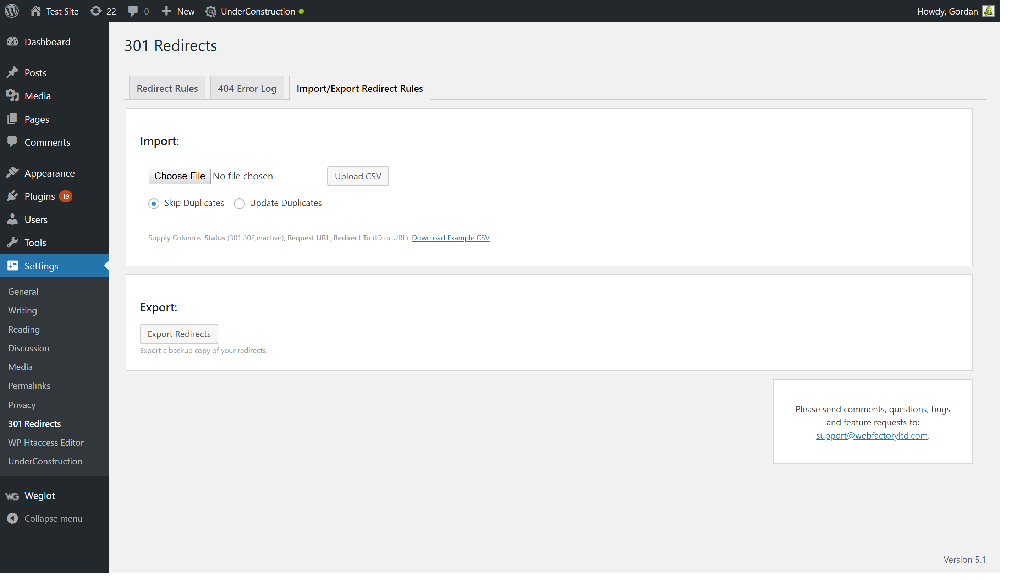All You Need to Know About Redirects and About Their Impact on SEO

Redirect is a way to send users to the right pages. When the information on your web pages or WordPress pots become outdated, then you not want your visitors to reach those pages, nor would you want to lose those visitors by simply sending them to 404 error page.
There are numerous reasons for site owners to use page redirects. It could be because of broken URLs, or sending users to a new website. You can also use temporary 302 redirects for maintenance or for revamping of existing sites.
If you are using WordPress for your site, you can use WP 301 Redirects plugin to organize your web pages and improve the user experiences. It helps you take care of the overlooked SEO practice, redirections and 404 errors. The plugin can cleverly redirect WordPress organic traffic form the error 404 pages and redirect to the page that the users want to visit. Furthermore, it recovers traffic without annoying the users.
Types of redirects
The following are two types of redirects that a site owner can use.
- 301 Redirect – 301 Redirect sends the message to the search engines and users that a WordPress page has been deleted permanently, and it has been redirected to a different page. This type of redirect is also used when the site owners have a new domain that they want to redirect to their primary domain. This is a more permanent change and the old URL will be deleted permanently.
- 302 Redirect – This redirect sends the message to the search engines and users that a WordPress page has been removed temporarily. This type of redirect can be used if the original page is under renovation and needs to be temporarily redirected to another page. This is a temporary solution, and you can bring back your old page.
How do both redirects impact SEO?
When you use a 301 redirect, the old page is removed from their index, and most of the SEO value from that page is transferred to the new one. Again, with the use of 302 redirects, SEO will not be affected. The original page remains indexed in Google, and there is no value transferred to the new URL. It helps you retain rankings, traffic value, and authority. Here you are creating a new website or page, but are not transferring over any of the SEO value of the original website.
How to implement redirects
You don’t need to be a coder or programmer to do page redirects on your WP site or blog. Just install the WP 301 Redirects plugin. It comes with simple user interface that allows you to create and monitor all types of redirects.
Conclusion
The above-mentioned information will help choose the right redirect for your website. Educate yourself and make sure you correct redirects, for maximizing the productivity of your WP sites. You can find the complete listing of some of the most useful tools for developers by visiting the WebFactory Ltd website.

